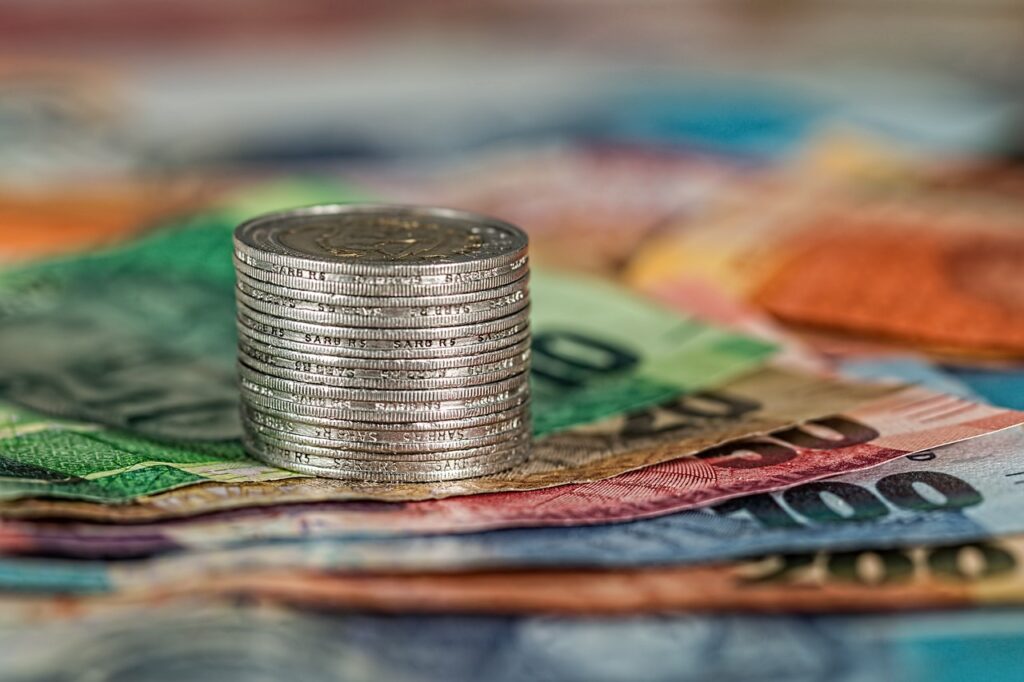
Money, the lifeblood of our modern economies, is often shrouded in mystery. We use it every day, but how is it actually created? Who controls its flow? And what happens when things go wrong, as they inevitably do in the complex world of finance? In this blog post, we will peel back the layers of complexity and shed light on these critical questions.
Demystifying Money Creation: A Balancing Act
Contrary to popular belief, money isn’t simply printed by governments and distributed to the masses. The money creation process is a fascinating interplay between central banks and commercial banks.
Central Banks: The Orchestrators of Monetary Policy
At the helm of the financial system stand central banks, powerful institutions tasked with maintaining price stability, promoting economic growth, and ensuring the smooth functioning of the financial system. They achieve these objectives through various tools, including:
- Setting interest rates: By adjusting the base rate, central banks influence the cost of borrowing and lending, impacting economic activity and inflation.
- Open market operations: Buying and selling government bonds in the open market injects or drains liquidity from the financial system, influencing interest rates and money supply.
- Quantitative easing (QE): In times of economic slowdown, central banks can embark on large-scale asset purchases, typically government bonds, to directly increase the money supply and stimulate borrowing and spending.
Commercial Banks: The Engines of Credit Creation
While central banks lay the groundwork, commercial banks are the workhorses of money creation. They create new money primarily through the process of fractional reserve banking. When a bank grants a loan, it doesn’t simply hand over existing deposits. Instead, it credits the borrower’s account with newly created digital money. This new money becomes part of the money supply, as long as the borrower doesn’t immediately deposit it back into the bank.
The Intricate Dance: Reserves and the Multiplier Effect
The amount of money a commercial bank can create is limited by its reserve requirements. These are the portion of deposits that banks must hold as reserves, typically with the central bank. For example, if a bank has a 10% reserve requirement and receives a $100 deposit, it can only lend out $90. However, the $90 lent can be deposited into another bank, which can then lend out 90% of it, or $81. This chain reaction, known as the money multiplier effect, amplifies the initial deposit and leads to the creation of new money.
Central Bank Oversight: Maintaining Stability
Central banks carefully monitor the money supply and credit creation activities of commercial banks to ensure financial stability. They use various tools, such as reserve requirements and capital adequacy ratios, to control the amount of money that can be created.
The Delicate Equilibrium: Boom, Bust, and Beyond
The money creation process, while essential for a functioning economy, can also be a source of instability. Excessive credit creation can lead to asset bubbles, as seen in the housing market crash of 2008. When these bubbles burst, financial crises erupt, triggering economic downturns and widespread hardship.
The Scars of Financial Crises: Lessons Learned
The 2008 financial crisis, the worst since the Great Depression, exposed the vulnerabilities of the financial system and the far-reaching consequences of unchecked credit creation. In its aftermath, policymakers implemented various reforms, including stricter regulations on banks, to prevent future crises.
Looking Ahead: The Evolving Landscape of Money and Finance
The world of finance is constantly evolving, with new technologies like cryptocurrencies and blockchain challenging traditional models. Central banks are exploring the potential of central bank digital currencies (CBDCs) to offer a more efficient and secure form of money.
Conclusion: Understanding Money Matters
Understanding the money creation process, the role of central banks, and the consequences of financial crises is essential for navigating the complexities of our modern economic system. By demystifying these often opaque concepts, we can engage in more informed discussions about financial policy and contribute to building a more stable and sustainable future.
helloI like your writing very so much proportion we keep up a correspondence extra approximately your post on AOL I need an expert in this space to unravel my problem May be that is you Taking a look forward to see you
hiI like your writing so much share we be in contact more approximately your article on AOL I need a specialist in this area to resolve my problem Maybe that is you Looking ahead to see you
Thanks I have recently been looking for info about this subject for a while and yours is the greatest I have discovered so far However what in regards to the bottom line Are you certain in regards to the supply